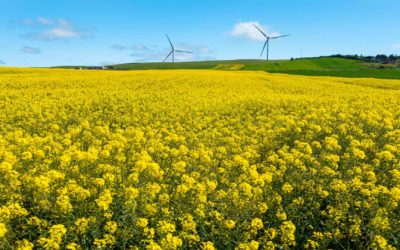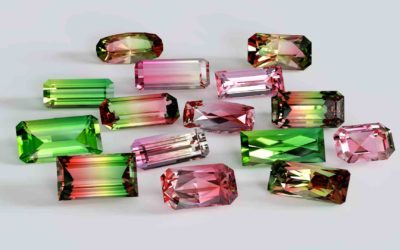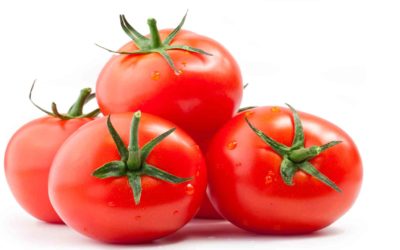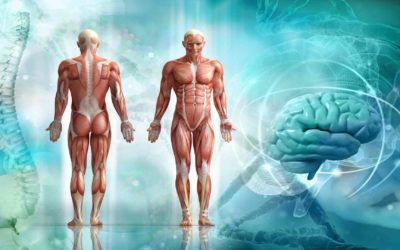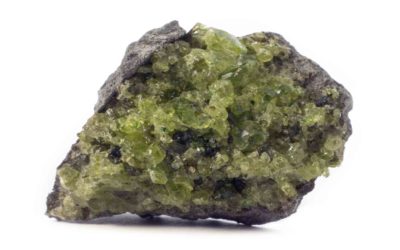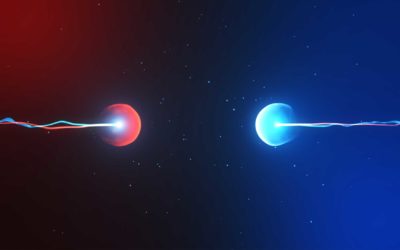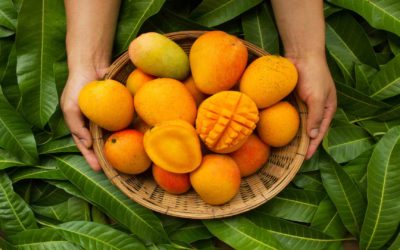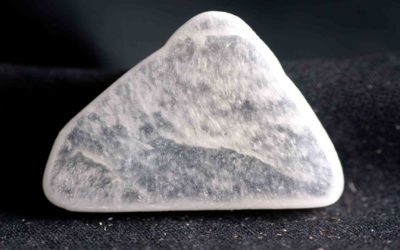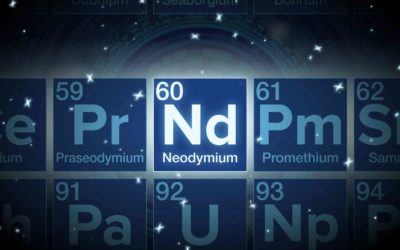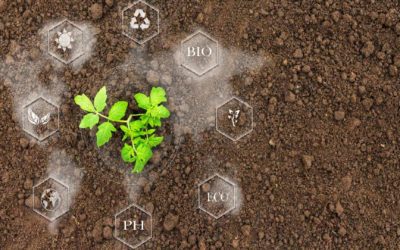Canola is a Brassica family member with especially high boron requirements. Boron deficiency significantly impacts seed production; yields are doubled when 2 lbs of boron per acre are applied to the canola field with no visual anomalies.
Month: August 2022
Mining Companies Supporting Clean Energy
The clean energy transition is underway, and miners play a critical role in supporting this global effort. Boron, for example, is a key ingredient in batteries and other storage technologies that will be essential to integrating renewables into the grid.
The Fascinating World of Tourmaline
Tourmaline is a group of boron silicate minerals with similar physical properties and a standard crystal structure but the minerals vary widely in chemical composition. A wide variety of compositions, trace elements, and shade facilities causes tourmalines to occur in more colors and color combinations than any other mineral group.
Podcast – Mining Decarbonization
In today’s podcast, we’re going to look at decarbonization opportunities in the mining industry and how mining can help achieve net zero emissions.
Boron for Tomato Plants: The Ultimate Guide
Tomato plants (Lycopersicum esculentum) require boron for proper growth and development. Boron is a micronutrient that helps with cell wall formation, calcium uptake, and meristematic activity.
Borane Tert-Butylamine
Borane tert butylamine is an amine borane compound produced from tert butylamine. It’s a colorless solid with various organic synthesis and photo processing uses.
Human Health and Boron
For optimal human health and fitness, boron is a crucial mineral. This nutrient has pleiotropic effects, which can have multiple beneficial effects on the body, including inflammation reduction and antioxidant protection. Boron can also aid in the modulation of various body systems.
Olivine And Boron Pairing
Olivine is a crucial element found in Earth’s upper mantle. Although boron is typically low in concentration, it can significantly impact olivine’s properties. Boron is generally stable in olivine, resulting in a massive increase in conductivity.
Podcast – Boron Rocket Fuel
In today’s podcast, we’re going to look at research into how boron can be used as rocket fuel. Boron has a high intrinsic energy density. It’s inexpensive, plentiful, and stable, making it a good choice for solid rocket fuels and an additive for jet fuels to increase energy output.
Uncovering Decarbonization Opportunities In The Mining Industry
The mining sector has a key role in the transition to net-zero emissions. Although it currently accounts for just 4-7% of global emissions, it is one of the most energy-intensive industries, and its products are used in a wide range of other sectors.
Boron-alloyed Steel For GMC Sierra 2023
The First Ever 2023 GMC Sierra 1500 AT4X AEV Edition is being released by GMC in collaboration with American Expedition Vehicles (AEV), paving a new path in off-road capabilities, luxury, and technological improvements.
Podcast – Boron and Nuclear Fusion
In today’s podcast, we’re going to look at boron and nuclear fusion. Is boron the key to unlocking energy via nuclear fusion? For the past 80 years, scientists have been exploring ways to capture energy, to provide an inexhaustible supply of quasi- free green energy.
Boron Benefits Mango Fruit Yields And Quality
Mango fruit is one of the most popular fruits in the world, known for its sweet taste and juicy flesh. But did you know that boron plays an important role in mango fruit quality? What happens if mangoes are boron-deficient? And, how can the boron level be improved for higher yields and quality?
Public Charging Stations for Electric Vehicles
Electric vehicles are becoming increasingly popular, and so are public charging stations. There are many benefits to using public chargers, including the convenience of charging your vehicle while you are out.
Howlite Crystal For Calming and Positive Energy
Howlite is a borate mineral that can be monochromatic or have black streaks running through it. Also, the stone is known for its ability to calm and focus the mind, making it ideal for meditation or study.
Podcast – Boron and Food Security
In today’s podcast, we’re going to look at boron and food security. Boron plays a considerable role in food utilization, principally by improving the nutritional value of fertilizers for plant growth development. It also increases crop yield through increased nitrogen fixation rates in soils deficient in micronutrients.
Ulexite: The Wonder Mineral
Ulexite, a boron mineral found in the American southwest, is recognized for its intense, pearly white color. This stone first garnered attention in 1840 and is named after the German chemist George Ludwig Ulex, who first explained its chemical composition.
Industrial Decarbonization: The Path to a Cleaner Future
Industrial decarbonization is a critical step in the fight against climate change, and boron plays an essential role in this process. It helps reduces emissions from power plants and factories, on a quest for a more sustainable future.
Podcast – Boron-based Polymers for EV Storage
In today’s podcast, we’re going to look at boron-based polymers for EV storage. Boron-based polymers such as BNNTs or boron nitride, nanotubes are two-dimensional nanomaterials with excellent properties for improving electric vehicle energy storage, given their high surface areas, large aspect ratios, and good thermal conductivity.
Neodymium Magnets Benefit the Healthcare Industry
Neodymium magnets, also known as neodymium-iron-boron magnets (NdFeB), have a variety of healthcare applications. From assisting in providing pain relief to aiding in cancer treatment. But how do they do that? And what are Neodymium Magnets?
Nowea Energy Inc. To List on Stock Exchange
Nowea Energy Inc. is in the stage of implementing business plans for a stock exchange listing. According to a recent announcement, the company aims to be listed on a separate stock exchange.
Podcast – Sustainable Agriculture and Boron
In today’s podcast, we’re going to look at sustainable agriculture. Sustainable agriculture uses micronutrients such as boron, zinc, and copper to promote soil health and support healthy plant growth.

